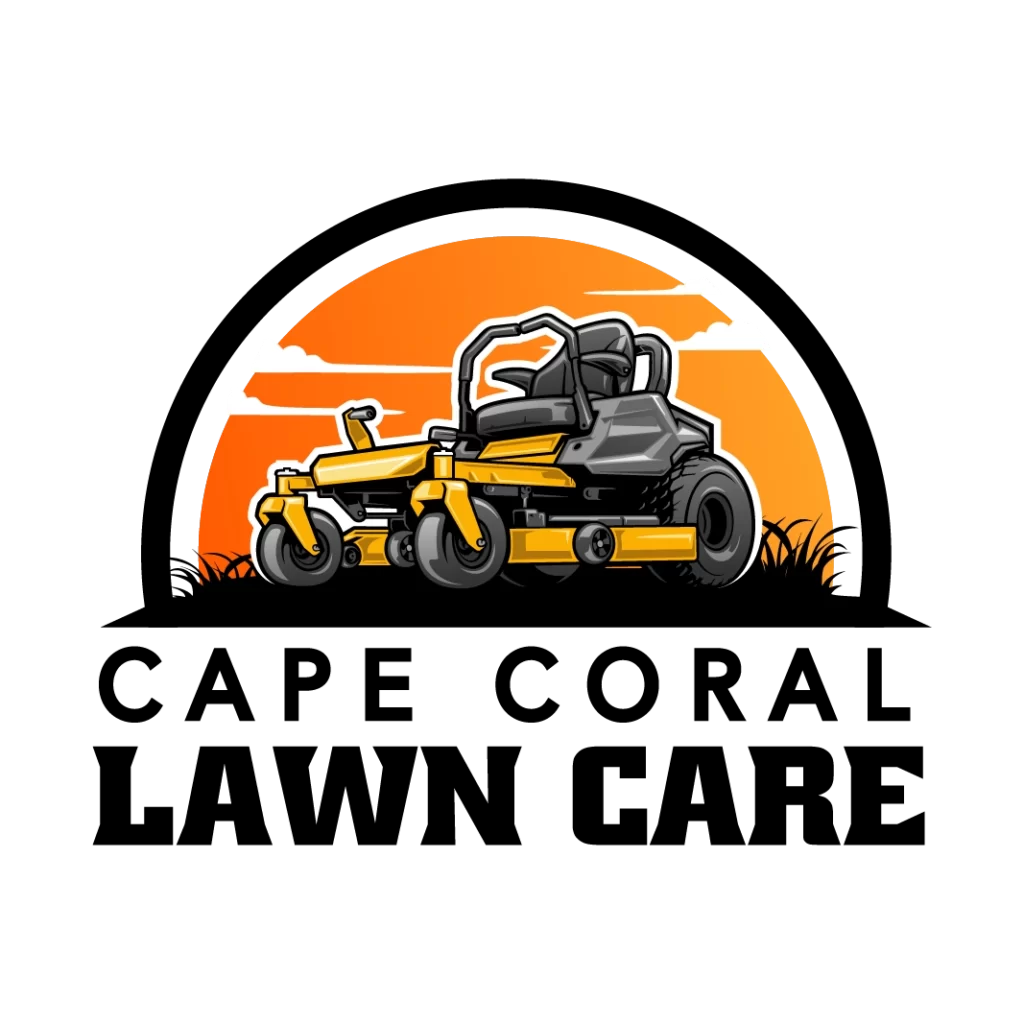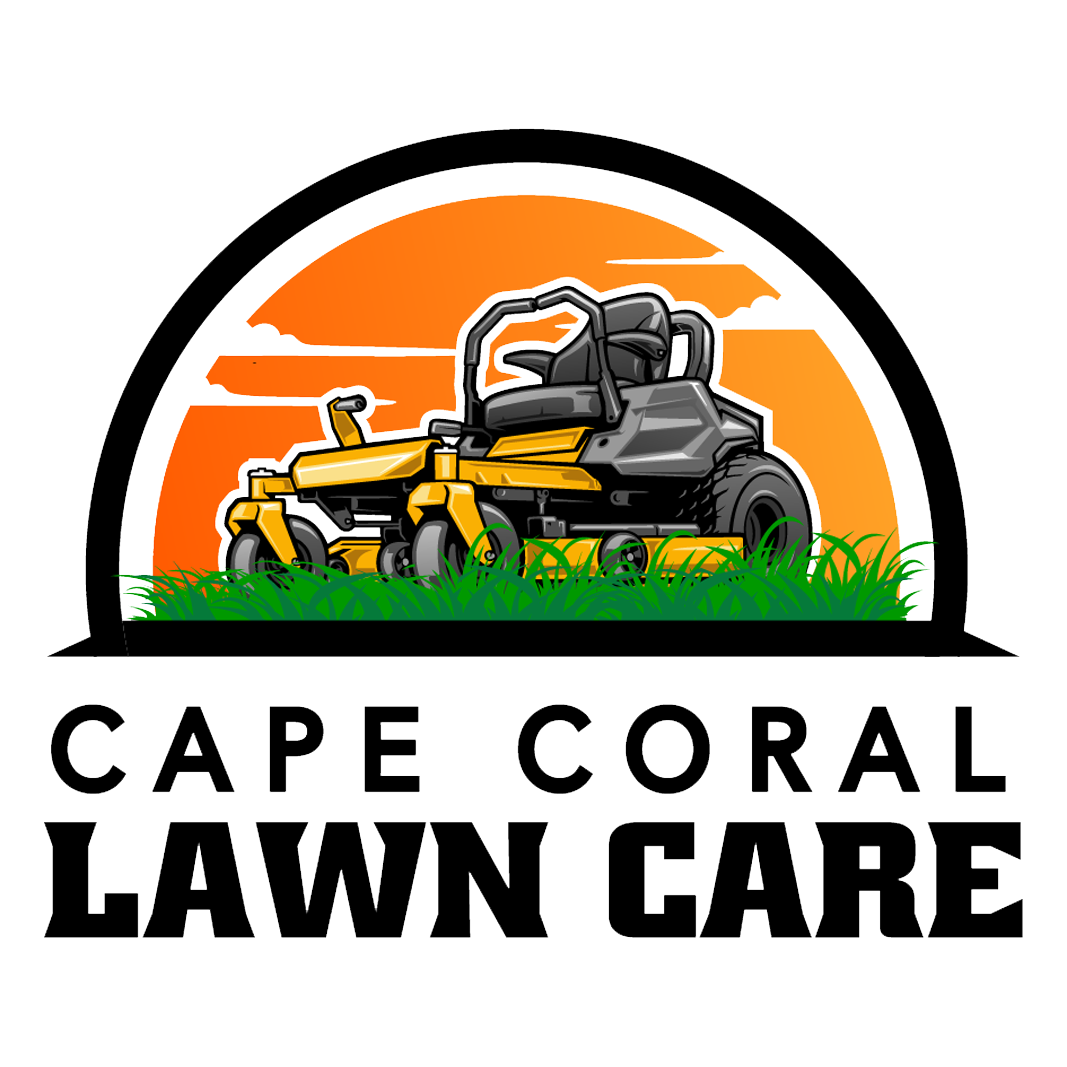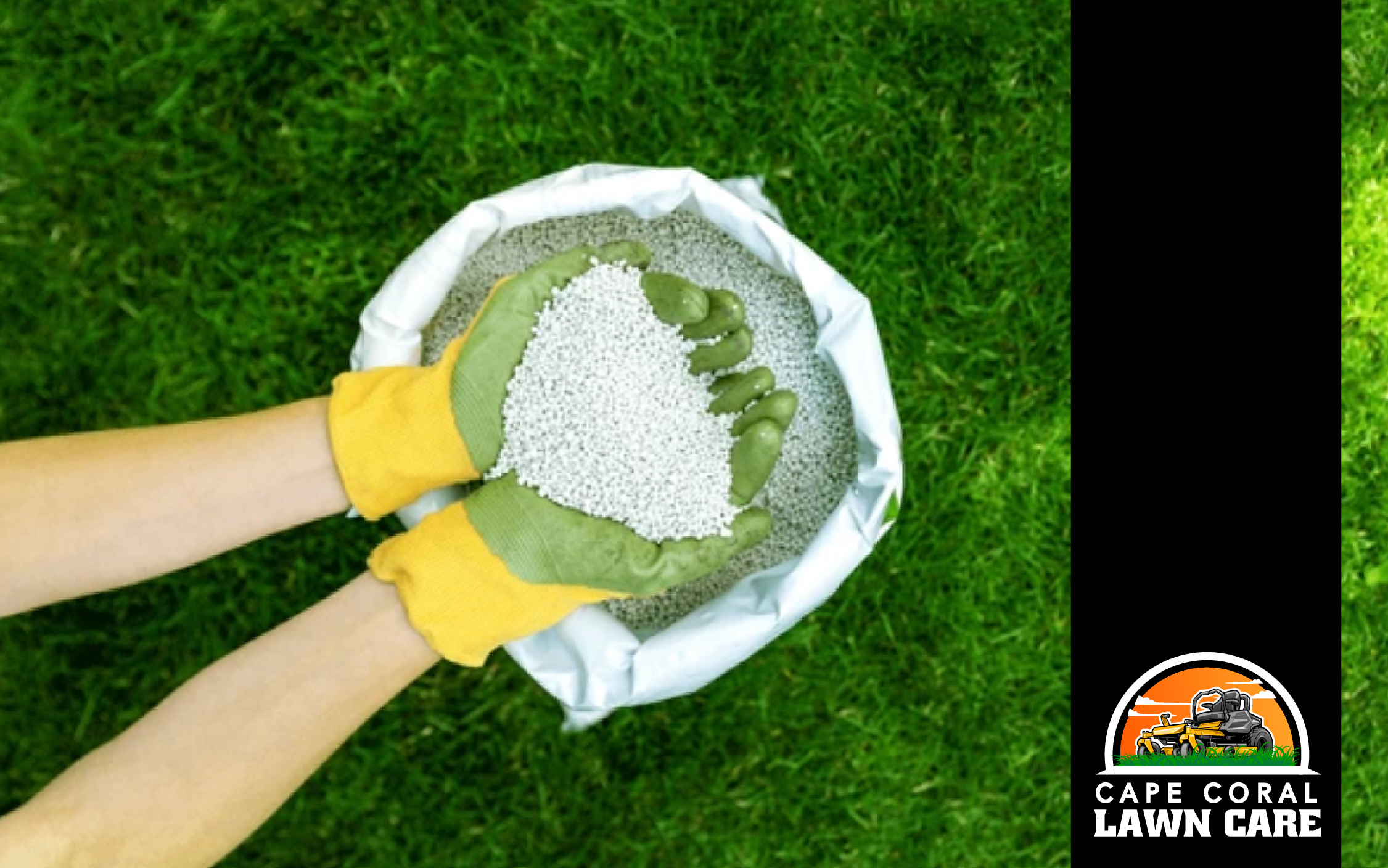Lots of people want a beautiful, green lawn. Achieving that vibrant turf takes work, and finding the best lawn fertilizer is a key component. It really makes a difference; you’ll get that perfect lawn.
A lush, green lawn starts with proper fertilization. Your yard’s needs? Match them with the right product for best results.
Ready to begin? Here’s the plan.

- Understanding Fertilizer Labels
- Types of Lawn Fertilizers
- Cool Season vs. Warm Season Grasses
- When to Fertilize Your Lawn
- How to Put Fertilizer On Your Yard
- Solutions For Lawn Problems
- Conclusion
Understanding Fertilizer Labels
All lawn fertilizers contain three main nutrients: nitrogen, phosphorus, and potassium (N-P-K). These are listed in order on the package. For the best results, use a fertilizer specifically designed for grass.

The N-P-K value indicates the percentage by weight of each nutrient. A common type of all-purpose fertilizer is 10-10-10, for example. This means the bag has 10% nitrogen, 10% phosphorus, and 10% potassium.
Nitrogen (N) promotes plant growth and green color. Phosphorus (P) helps develop healthy roots. Healthy grass needs potassium. It strengthens the body’s ability to fight off sickness; this keeps it healthy.
Breaking Down Fertilizer Nutrients
You can remember these numbers more easily by thinking of “up, down, and all-around”. The first number means growth (“up”), the second means root development (“down”), and the third is overall grass health (“all-around”).
| Nutrient | Symbol | Primary Function | Benefit |
|---|---|---|---|
| Nitrogen | N | Promotes rapid growth | Lush, green color |
| Phosphorus | P | Develops healthy roots | Strong root system |
| Potassium | K | Overall grass health | Disease resistance, drought protection, cold tolerance |
Types of Lawn Fertilizers
The main types of fertilizers are granular, liquid, organic, and synthetic. Every lawn type gets a boost from different things. Granular options, often considered slow-release fertilizers, release nutrients over time.
Liquid options work immediately. Organic fertilizers come from natural materials, unlike manufactured synthetic types. There are tons of options; lawn fertilizer is just one.
The best fertilizer for your situation might include weed control, depending on your lawn’s needs. Many fertilizers improve soil health, which creates healthier, more dense lawns.
Specific Fertilizers To Help Control Issues

Some fertilizers, like weed and feed options, control lawn problems. Weeds won’t spread as much because of this. Be sure to look for options with a crabgrass preventer to keep your lawn healthy.
Quick-greening fertilizers make your lawn greener, faster. Moss control products kill moss without damaging nearby lawns. We’ve got you covered if your lawn’s been damaged. Solutions exist.
Keep those pesky fleas and ticks away with insect control products. Using a broadcast or rotary spreader can help with insect control and offer extended feeding. Some fertilizers are even created as a turf builder.
Cool Season vs. Warm Season Grasses
Cool-season grasses generally grow in the North. Warm-season grasses usually grow in the South. Determine your grass type to get the right fertilizer, as there are specific fertilizers made for all the different grass types.
Warm-season grasses include bahia, bermuda, centipede, St. Augustine, and zoysia. These may need more attention than cool-season types. Don’t know what to pick? Get some help. Achieve the best lawn possible. We have a fantastic range of goods; you’re sure to find something you like.
Cool-season grasses include fescue, Kentucky bluegrass, and rye. Fertilize these grasses twice a year: in early spring and early fall. Tall fescue and other cool-season grasses do well with fertilizer at these times.
When to Fertilize Your Lawn
Fall is a great time to fertilize your lawn while it’s still actively growing. Timing varies depending on grass and fertilizer types. Doing a soil test can give you an idea of current conditions.

Cooler weather and warm soil, with ample rain, create perfect conditions. Fertilizer reaches the roots effectively under these conditions. An application around Labor Day supports a healthy start in the spring. The best seasonal advice? This right here.
Spring is also important for fertilizing lawns. Apply fertilizer once the grass is at least halfway green. Applying fertilizer at this point sets your yard up to do well.
Summer Fertilizing
Summer can be hard on lawns due to heat and potential drought. Feeding with slow-release fertilizer keeps your grass healthy.
However, this might not apply to cool-season grasses. Some people apply fertilizer with insect control during the summer months. Always review what to use for your specific yard situation as there are various fertilizer types and some release faster than others, impacting nutrient release.
Use slow-release, nitrogen-rich fertilizer every three months or so at the start of key seasons. Apply all-purpose fertilizers every six to eight weeks. Be aware of nutrient runoff and follow all label instructions carefully.
How to Put Fertilizer On Your Yard
Before starting, check your local weather. Choose a day with potential light rain, as this helps the treatment reach the roots. It supports the best lawn care and gets the essential nutrients to the correct place.
Aerators help fertilizer soak in better. Adding air pockets helps fertilizer get to plant roots quicker. Better soil means a better yard, and aeration is the way to get there. It’s that simple.
Common fertilizer options include granular, water-soluble, and organic. Spreader choices include walk-behind, handheld, drop, and liquid spreaders. Choose the option that suits your yard and your budget as fertilizers include many factors.

Tips on How Much To Apply
Avoid applying too little or too much product. Measure your lawn to determine the correct amount. Always follow fertilizer label instructions to apply the right amount to your sq ft lawn.
Divide your lawn into measurable sections. Sketching a rough outline can help. Break up areas into shapes for easier measurement. Many homeowners choose to do a simple lawn solutions approach.
Calculate the area of each shape and add them together. This provides your total yard area. Refer to product details for application recommendations and for what size you will need by comparing package size to your lawn’s total size.
Ways to Avoid Lawn Problems
Quick-release, pre-emergent weed control is available. Note that it might affect overseeding, so plan accordingly. Consider feeding now and seeding next season if timing is an issue, because some products prevent weeds and grass seed at the same time.
Solutions For Lawn Problems
A green lawn is desirable, but the right product can improve other conditions too. Weeds and grubs are no match for the right fertilizer! A healthier lawn is the result. Applying the right product reduces many environmental benefits.
- Gets rid of weeds.
- Removes crabgrass.
- Reduces fungus issues.
- Soil improvement directly impacts its overall health; stronger plants are the result. Organic matter in the soil is really important. Face paint.
- Supports microbial activity.
Many organic options are available. Seek support or details if you need help with your fertilizer decisions. There are simple options that can keep the lawn growing nicely.
You then just need to ask the question: what fertilizer does my lawn need?

Your lawn’s needs determine the best fertilizer for it. Each yard has individual requirements, so you want a solution made for your yard. You will find the perfect analysis fertilizer.
Knowing your grass type and current lawn health helps you choose the best products. A lush, green lawn is yours when you pick the perfect fertilizer. Remember that a well-fed lawn is a healthy lawn.


